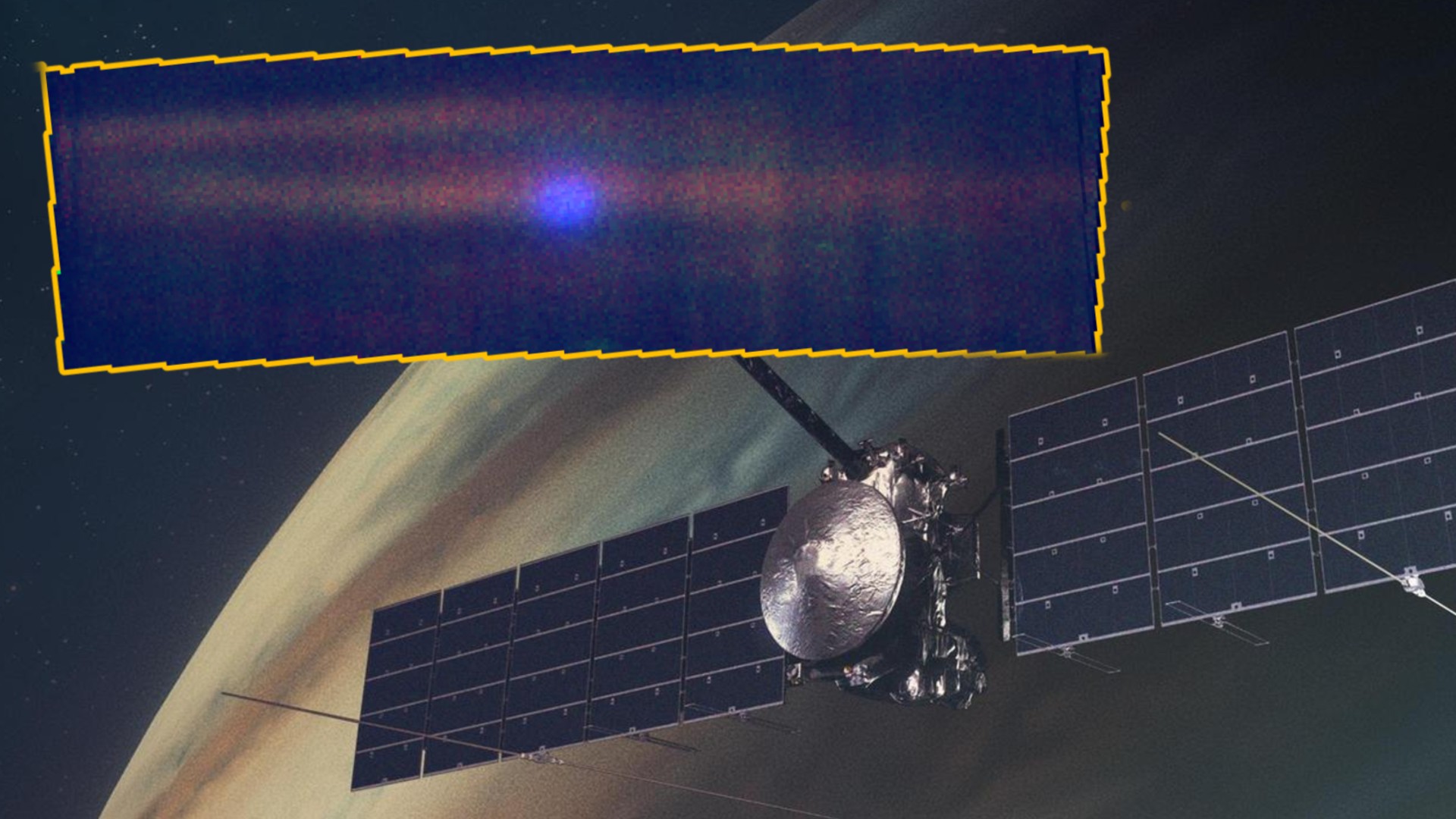In Photos: 1,000-Year-Old Cemeteries Unearthed in Sudan
Burial shroud
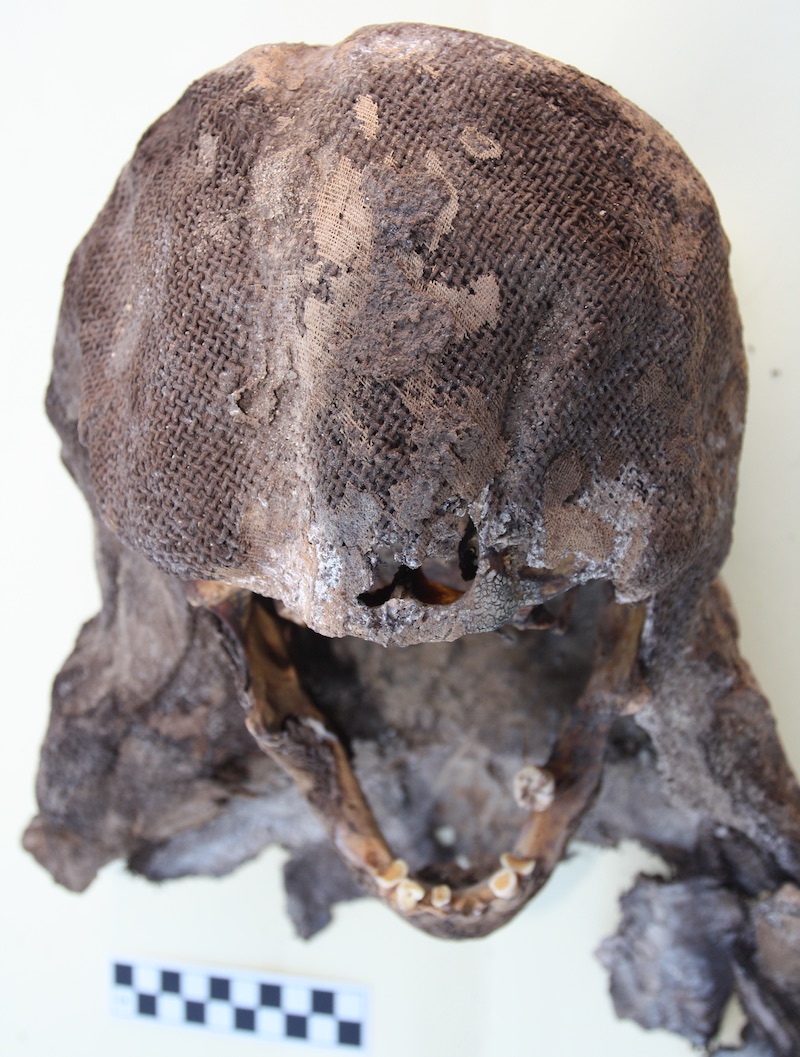
Over the last two years, the remains of at least 123 individuals have been uncovered at a series of four cemeteries near a medieval Christian monastery at al-Ghazali in Sudan. Some of these individuals were found with burial shrouds. The shroud of this person still covers their skull.
[Read the full story on the al-Ghazali burial ground]
Monastery monks

The four cemeteries were used by different groups of individuals. The person pictured here is from "cemetery two," which is located right beside the medieval monastery. Almost all of the people buried in this cemetery were adult males, a find that indicates this cemetery was used by the monks who lived in the monastery.
Tombstones
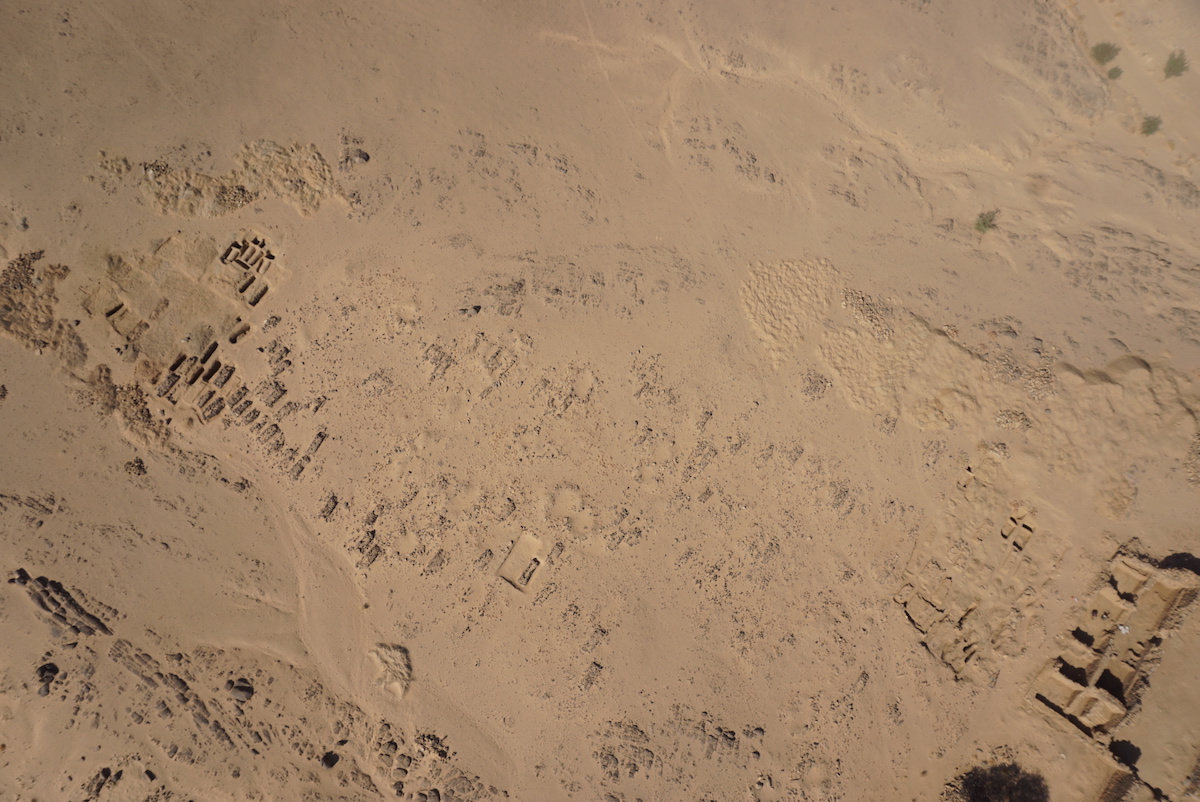
An overhead view of cemetery two, which is located beside the Christian monastery. The remains of stone structures can be seen on the surface above the burials.
Odd burial
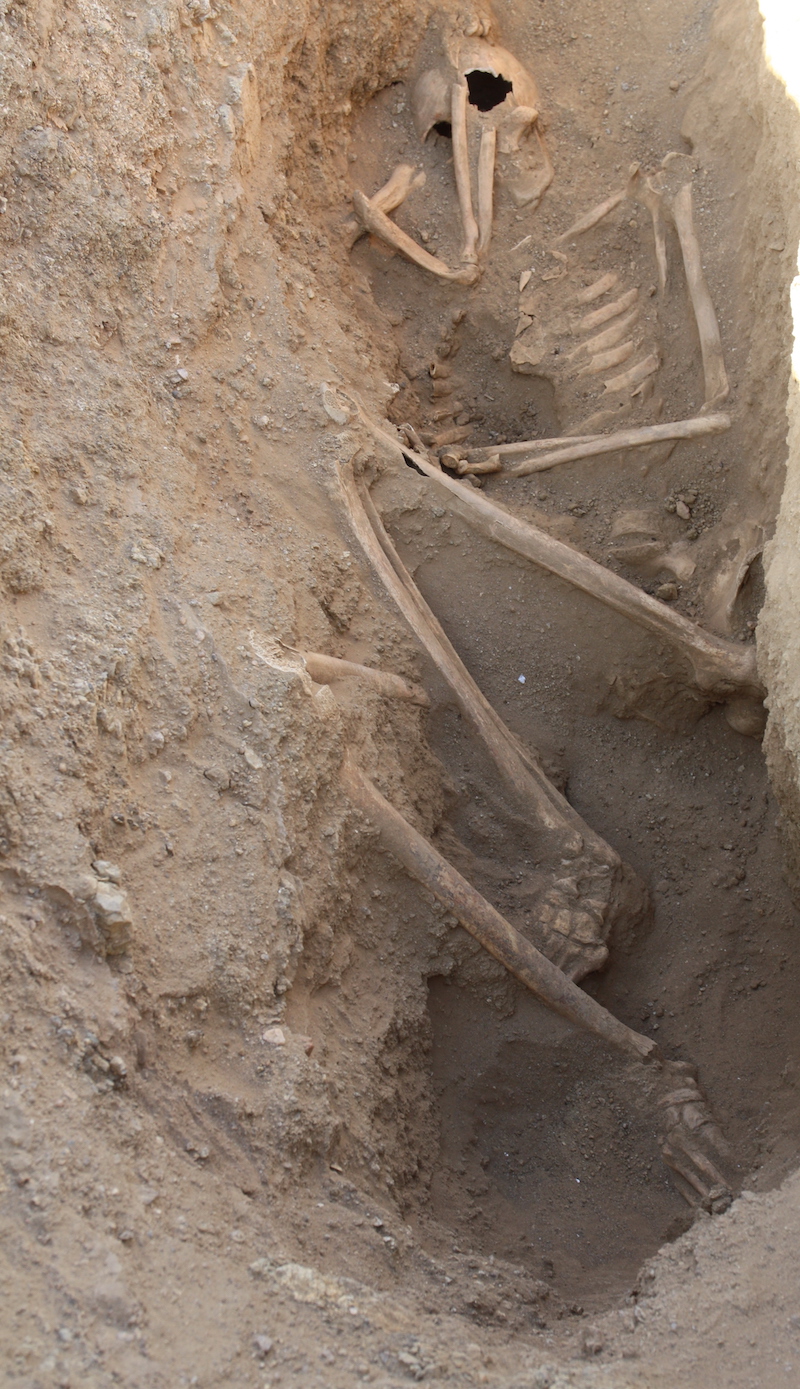
This burial is from "cemetery four," which was discovered recently and contains 15 burials. This cemetery has some unusual burials. The person seen here was buried with their legs at a 45-degree angle and the right arm positioned over their face.
Signs of defleshing

In one burial in cemetery four, the remains of two individuals were found with their bones mixed together. Both individuals had cut marks on their bones, which indicate that they may have been defleshed shortly after death.
Twisted finding

In another burial from cemetery four, archaeologists found a person with their legs twisted at an unusual angle. While cemeteries 1-3 were discovered by archaeologists in the 1950s, cemetery 4 was discovered more recently. Why people in this cemetery were buried in such unusual ways is unknown.
Get the world’s most fascinating discoveries delivered straight to your inbox.
Medieval monastery

The medieval Christian monastery was in use between roughly A.D. 670 to A.D. 1270, at a time when a series of Christian kingdoms flourished in Sudan.
[Read the full story on the al-Ghazali burial ground]
Coptic prayers
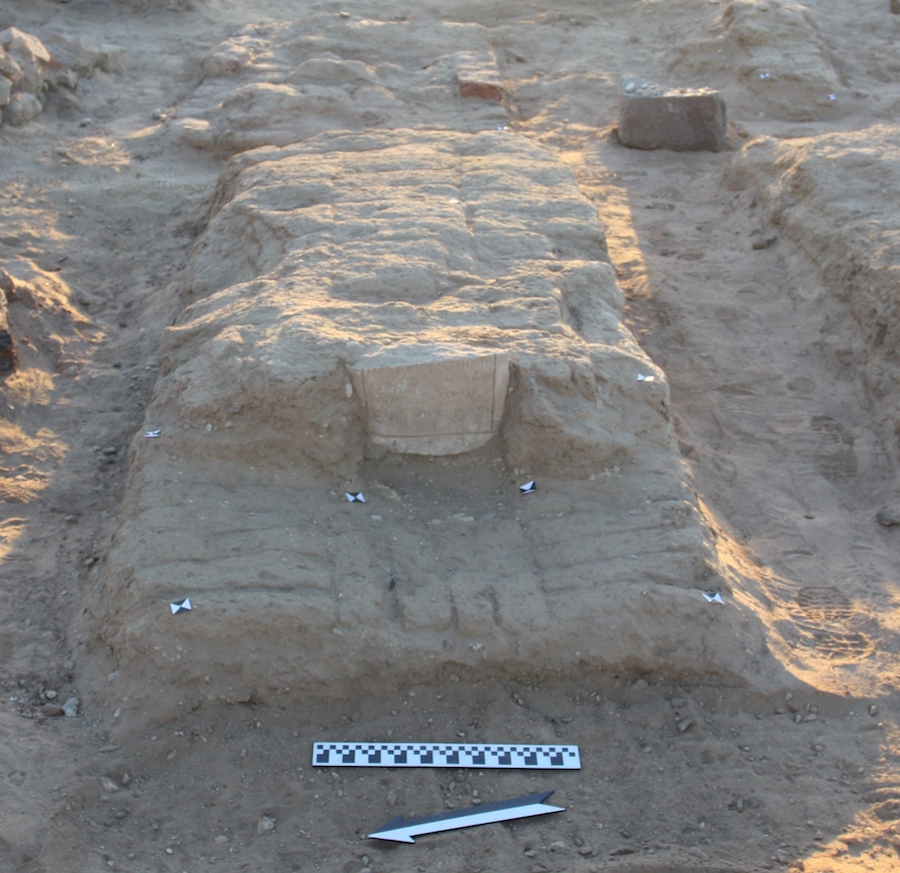
This photo shows one of the stone structures with a tombstone located above the surface of a burial. The tombstones are written in either Greek or Coptic (an Egyptian language which uses the Greek alphabet).

Owen Jarus is a regular contributor to Live Science who writes about archaeology and humans' past. He has also written for The Independent (UK), The Canadian Press (CP) and The Associated Press (AP), among others. Owen has a bachelor of arts degree from the University of Toronto and a journalism degree from Ryerson University.


